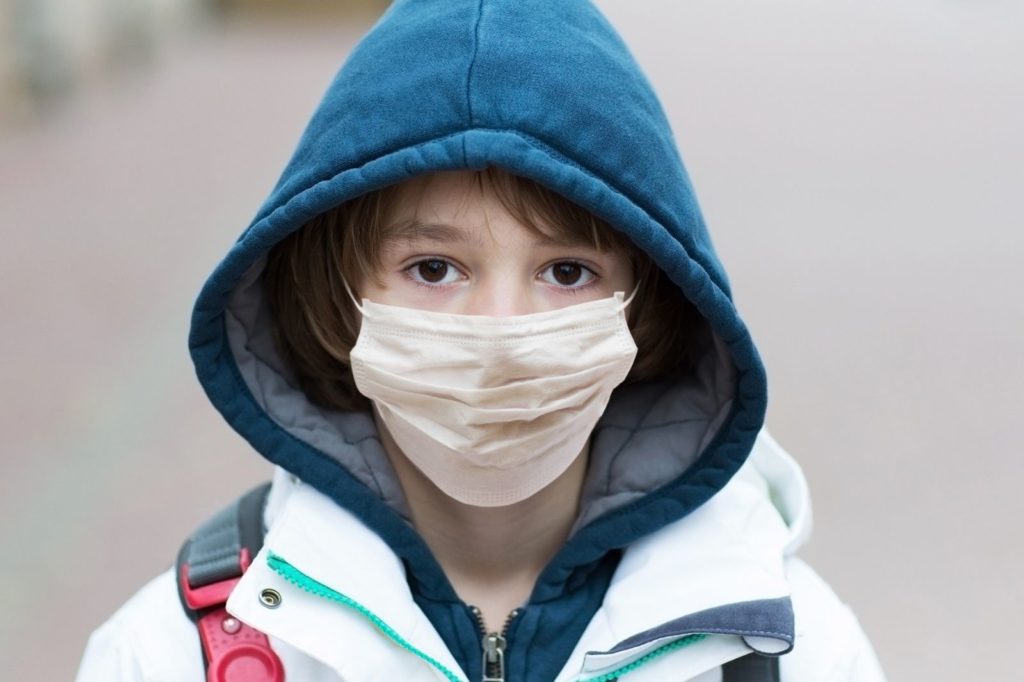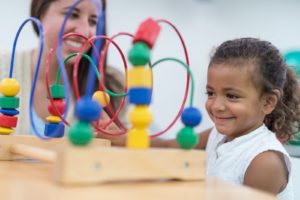The urge to pull away and isolate is a common reaction to difficult emotions, including sadness, depression, shame, guilt, fear, anxiety, and even anger. Here are a few examples of challenging experiences children may have that sometimes lead to social isolation.
- Event: Being bullied about their appearance:
- Child’s thought: “I’m not as pretty as the other girls. I’m not good enough.”
- Child’s feelings: Shame and self-consciousness.
- Child’s action: Isolating from other children and avoiding the children who bullied.
- Event: Recent loss of a loved one or relationship (for example: a death, a parent’s divorce, a breakup, a close friend moving):
- Child’s thought: “This hurts so much and isn’t getting better.”
- Child’s feelings: Sadness and grief.
- Child’s action: Avoiding activities and social connection.
- Event: Reminders of past traumatic events where they were in danger or witnessed danger:
- Child’s thought: “I’m not safe. People aren’t safe.”
- Child’s feelings: Fear and anxiety.
- Child’s action: Avoiding people or situations related to the specific fears.
In all of these examples, intense emotions lead to an urge to protect oneself and pull away. And when a child is in “protection mode,” it becomes more difficult to be in “connection mode” and continue engaging with other people. (Note that if a child is experiencing actual danger, emotionally and/or physically, the drive to protect is very appropriate and adaptive. In those situations, it is imperative that adults help reestablish safety for the child.)
Over time, social isolation continues to feed into increased unhelpful and negative thoughts about self, others, and the world. It can lead to worsening feelings of depression, shame, anger, guilt, fear, and anxiety — and the possible onset or worsening of mental health concerns.
Take Action When You Notice a Child Socially Isolating
As a parent, teacher, or other important adult in a child’s life, once you notice patterns of protection and withdrawing, it’s time to engage and support the child. Here are a few ways you can help:
- Open a line of communication to give the child an opportunity to share with you what may be going on and leading to the isolation. With more information, you can help validate and support the root of the isolation and then move on to helping problem-solve.
- Encourage reengagement with others in the classroom, on the playground, in clubs and groups, or through family activities. Help create opportunities for engagement that are comfortable for the child. For example, a child who has been bullied and is experiencing low self-esteem is not likely ready for a huge party where they are the center of attention, but they may be ready to socialize with a close friend.
- Consider finding additional support, including reaching out to a school counselor, school social worker, or mental health professional. Even if counseling or therapy is not yet necessary, these individuals may be able to help connect the child with helpful peer groups, mentors, or activities that are designed for emotional and social well-being.
The Effects of Social Isolation During the COVID-19 Pandemic
Social distancing during the COVID-19 pandemic can be extremely difficult for children to deal with. Having to “go to school” from home and not being able to interact in person with friends and even other family members is creating unique isolation experiences that are either very different than the examples outlined above or are adding on to the child’s preexisting pattern of social isolation.
Isolation can lead to loneliness, and loneliness can lead to depression. Just as recommended above, check in with your child often to gauge their experience with the change in social interactions during this pandemic. Do your best to lead with curiosity when discussing their thoughts and feeling; don’t lead with your own experience, because it’s possible that your child is handling it better or welcomes time at home more than you do.
From there, help support your child by finding ways they can connect and engage with their peers (such as through video calls, texting, video games, or watching a movie “together” with group streaming). This is also a great time to bolster family activities with the goal of supporting connection and engagement as a family.
For many, the drastic changes to our day-to-day lives in the face of COVID-19 has had some positive impacts on the ability to increase family time while creating new rituals and memories, or bringing back routines that sometimes fall to the wayside during times of long work days out of the home, full school days, extracurricular activities, and general busyness.
The bottom line: When a child withdraws or socially isolates themselves from others, they may be suffering from emotional, social, and mental health issues. The urge to pull away and protect ourselves is very human, valid, and understandable when experiencing stressful situations and the intense emotions generated by those situations. It is my hope that you can use that signal from the child to help identify the cause, validate the experience, and assist in establishing either real or perceived physical and emotional safety (depending on the needs of the child and situation).










